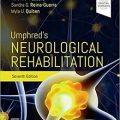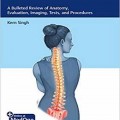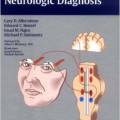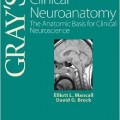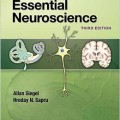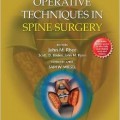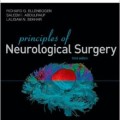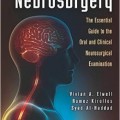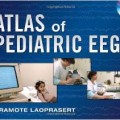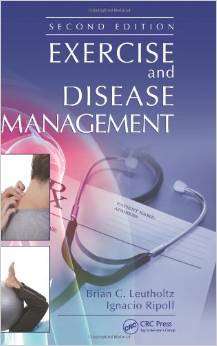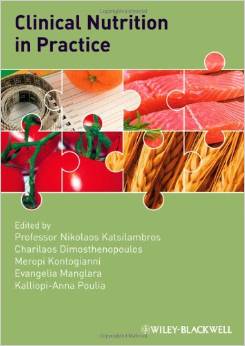دانلود کتاب ترمیم عصبی و توانبخشی (۲ جلدی)
Textbook of Neural Repair and Rehabilitation, 2-Vol, 2ed
The Textbook of Neural Repair and Rehabilitation is organized into two volumes. Volume I: Neural Repair and Plasticity can stand alone as a textbook for graduate- or advanced undergraduate-level courses on recovery from neural injury. Following an injury to the nervous system, most patients partially regain function, but this is very incomplete. Volume I is subdivided into seven sections covering areas of physiological and anatomical plasticity in the normal and injured nervous system, the determinants of regeneration and therapeutic approaches to restore connectivity and function after neural injury. Chapters cover the anatomical and physiologic responses of neurons to injury, mechanisms of learning and memory, and plasticity in specific areas of the nervous system consequent to intense use, disuse and injury. Ultimately, interventions aimed at repairing the damaged neural circuitry will be required if full function is to be restored. Thus chapters also cover topics on neuronal death, trophic factors, axonal regeneration and the molecules that inhibit it, stem cell biology, and cell transplantation. Compared with the first edition, greater emphasis has been placed on gene and cell based therapies and on intracellular signalling. Section 7 is devoted to translational research applied to human neural injury.
Volume II: Medical Neurorehabilitation can stand alone as a clinical handbook for physicians, therapists, rehabilitation nurses, and other neurorehabilitation professionals. It too is organized into seven sections. The first two cover the diagnostic and therapeutic technology of neurorehabilitation and constitute a direct transition from Volume I, emphasizing the applications of basic scientific principles to the practice of neurorehabilitation. Included are new chapters on the design of clinical trials in neurorehabilitation, requirements for valid clinical trials in regenerative therapies, expanded coverage of gene, cell transplantation, and brain stimulation therapies, as well as functional imaging, motor control, gait and balance assessment, electrodiagnosis, virtual reality, and bioengineering and robotic applications to prosthetics and orthotics. The second section includes chapters on the organization of neurorehabilitation services, including a new chapter on rehabilitation during the acute phase of injury. Sections 4–۶ cover symptom-specific approaches to neurorehabilitation, including sensory, motor, autonomic, vegetative, and cognitive functions. This includes a new chapter on disorders of consciousness. Section 7 includes 9 chapters on comprehensive approaches to the rehabilitation of persons suffering from the major categories of disabling neurologic disorders, such as spinal cord injury, multiple sclerosis, stroke, and neurodegenerative diseases. Wherever possible, the chapters in this book refer the reader back to chapters that deal with relevant material at a different level. However, in the second edition, the level of truly interactive content between basic laboratory and clinical science is vastly increased compared to the first edition. It is hoped that, by stressing the integration of clinical and basic scientific knowledge, this book is helping to advance the quality and scientific rigor of neurorehabilitation.
Book Description
About the Author
Michael Selzer is Director and Professor, Department of Neurology at Shriners Hospitals Pediatric Research Center, Temple University School of Medicine, Philadelphia, PA, USA.
Stephanie Clarke is Professor, Service de Neuropsychologie et de Neuroréhabilitation, Centre Hospitalier Universitaire Vaudois, Université de Lausanne, Switzerland.
Leonardo Cohen is Professor, Human Cortical Physiology Section and Stroke Neurorehabilitation Section, National Institutes of Neurological Disorders and Stroke, National Institutes of Health, Bethesda, MD, USA.
Gert Kwakkel is Professor of Rehabilitation Medicine, Move Research Institute, VU University Medical Center (VUmc), Amsterdam; Centre of Excellence for Rehabilitation Medicine, Rehabilitation Centre ‘De Hoogstraat’ and Department of Rehabilitation and Sports Medicine, Rudolf Magnus Institute of Neuroscience, UMC Utrecht, Utrecht, The Netherlands.
Robert Miller is Vice Dean for Research, Department of Neuroscience, Center for Translational Neuroscience, Case Western Reserve University, Cleveland, OH, USA.
Contents
Volume I – Neural Repair and Plasticity
Section 1: Neural plasticity: cellular and molecular mechanisms of neural plasticity
Section 2: Functional plasticity in the central nervous system
Section 3: Plasticity after injury to the central nervous system
Section 4: Neural repair: basic cellular and molecular processes
Section 5: Determinants of regeneration in the injured nervous system
Section 6: Promotion of regeneration in the injured nervous system
Section 7: Translational research: application to human neural injury
Volume II – Medical Neurorehabilitation
Section 1: Technology of neurorehabilitation: outcome measurement and diagnostic technology
Section 2: Therapeutic technology
Section 3: Organization of rehabilitation services
Section 4: Symptorrhspecific neurorehabilitation: sensory and motor dysfunctions
Section 5: Vegetative and autonomic dysfunctions
Section 6: Cognitive rehabilitation
Section 7: Disease-soecific neurorehabilitation systems
لینک کوتاه : https://bookbaz.ir/?p=25030
نویسنده : Professor Michael Selzer , Professor Stephanie Clarke
ناشر : Cambridge University Press; 2 edition
سال انتشار : 2014
زبان کتاب : انگلیسی
نوع فایل : PDF
تعداد صفحات : 1448
(ISBN) شابک : 1107010470
قیمت کتاب درآمازون : $325.00
حجم فایل : 34 MB












